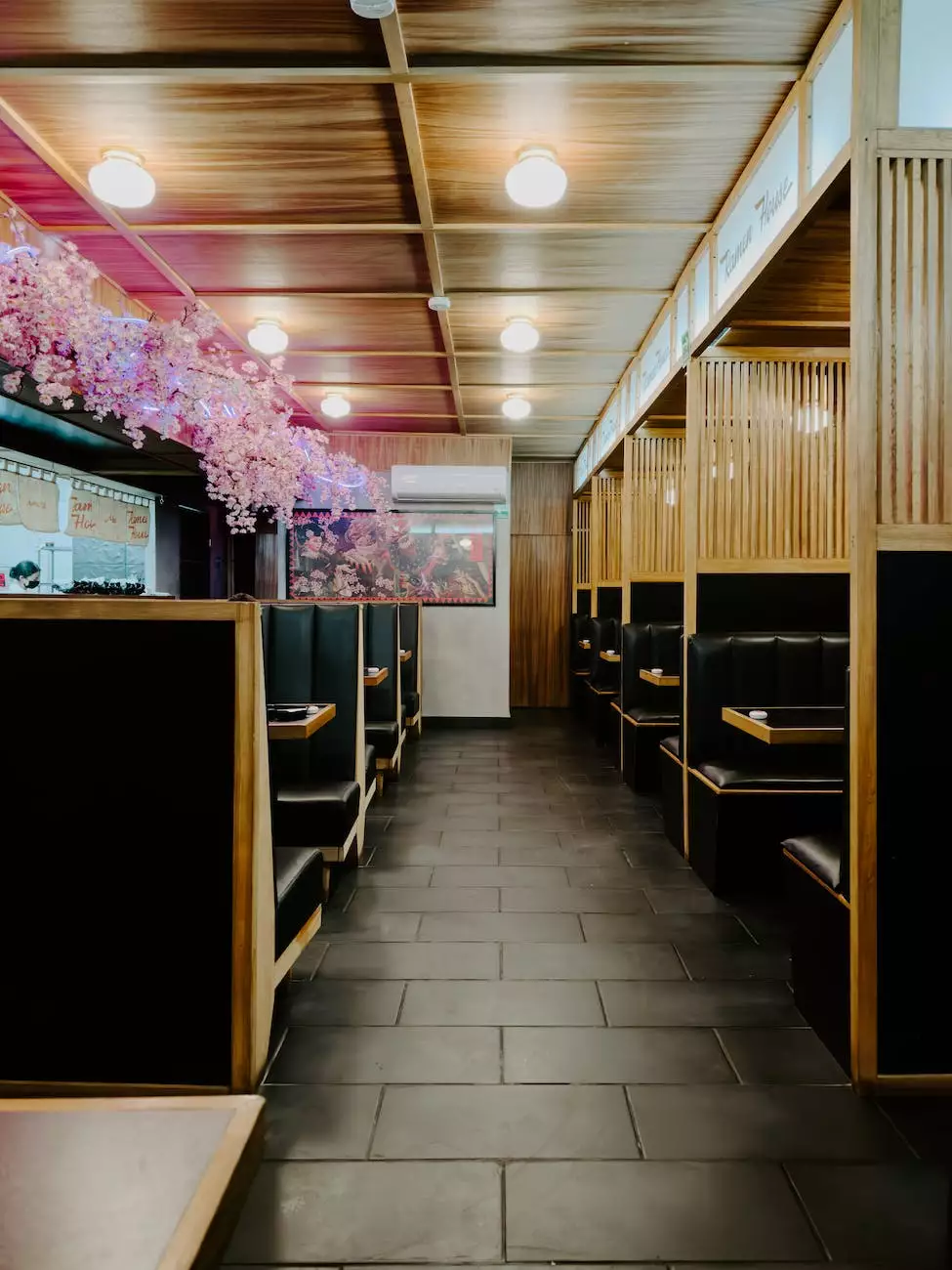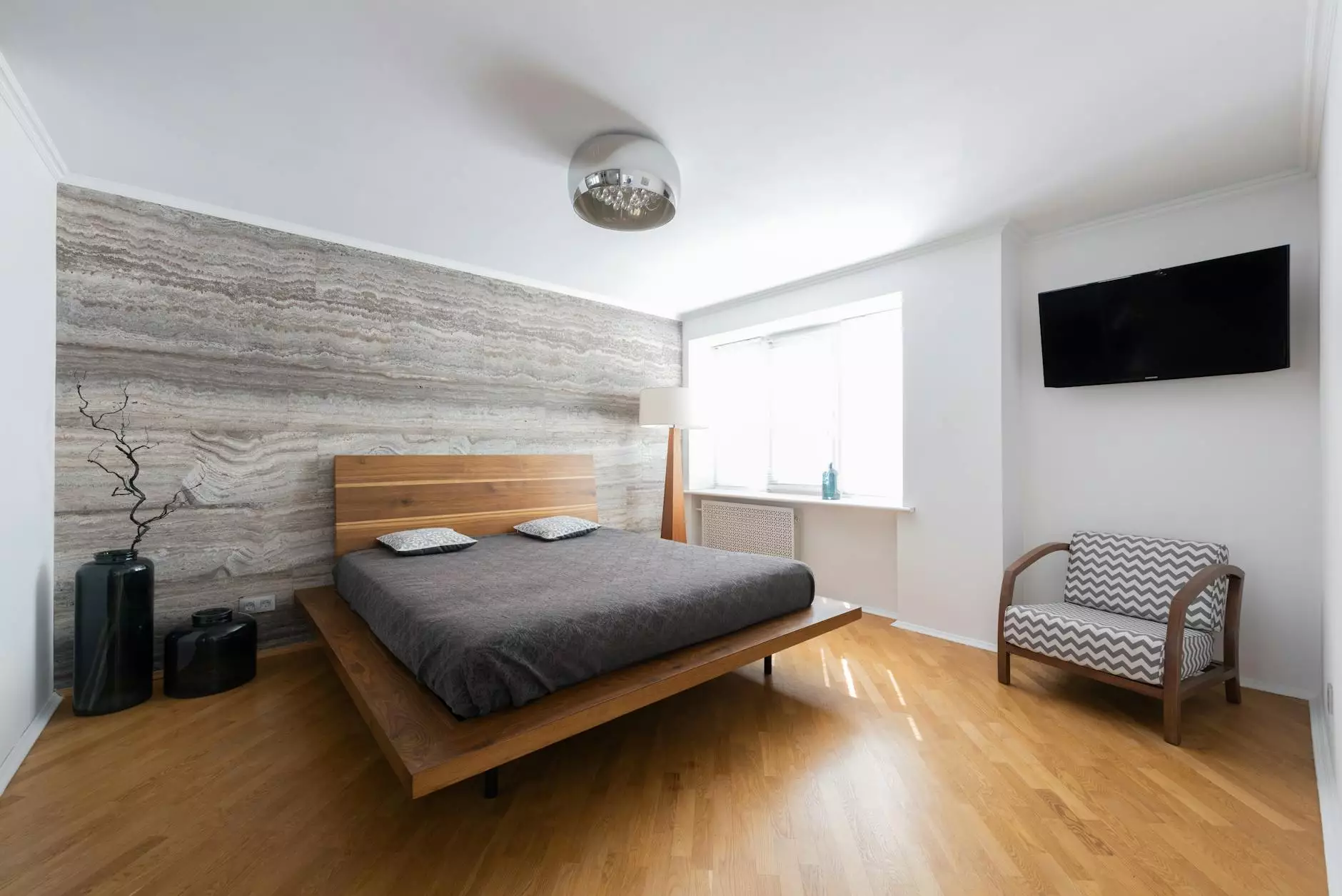The Documented History of Japanese Shoji Screens

Introduction
Frameworks welcomes you to delve into the captivating history of Japanese Shoji Screens. This comprehensive guide takes you on a journey through time to unravel the origins, evolution, and cultural significance of these iconic elements of Japanese architecture.
Origins of Shoji Screens
The history of Shoji Screens dates back hundreds of years to ancient Japan, where they were initially used as room dividers and partitions. The term "Shoji" refers to the translucent white paper or fabric panels traditionally used to construct these screens, delicately framed with wood.
Shoji Screens were first developed during the Asuka period (592-710 AD) and gained popularity during the Heian period (794-1185 AD). They were heavily influenced by Chinese folding screens, but with unique Japanese characteristics.
Initially, Shoji Screens were made with wooden frames and panels covered with silk or thin paper. Over time, the materials and techniques used in their construction evolved, reflecting societal changes and developments in craftsmanship.
Evolution of Shoji Screens
During the Kamakura period (1185-1333 AD), Shoji Screens saw significant advancements in their design and construction. The frames became more sophisticated, incorporating intricate lattice patterns inspired by nature and symbolism.
In the Muromachi period (1333-1573 AD), the demand for Shoji Screens expanded, leading to further refinement and diversification of their styles. Different regions within Japan developed their own unique approaches to Shoji Screen production, resulting in a wide range of regional variations.
With the rise of the tea ceremony culture during the Azuchi-Momoyama period (1568-1603 AD), Shoji Screens gained even greater prominence as essential elements of traditional Japanese interiors. They were intricately incorporated into tea houses, elevating their aesthetic appeal and enhancing the serene ambiance.
The Cultural Significance of Shoji Screens
Shoji Screens hold immense cultural significance in Japan, representing the balance between transparency and privacy, lightness and solidity. They create a sense of airiness while defining individual spaces within a larger area.
Beyond their functional purpose, Shoji Screens have become symbolic of Japanese aesthetics, embodying principles such as simplicity, elegance, and harmony with nature. Their minimalist design, coupled with the soft diffusion of light, creates a serene atmosphere that reflects the Zen philosophy.
Shoji Screens have also been celebrated in Japanese art and literature throughout history. Their delicate beauty and transformative qualities have inspired countless artists, poets, and architects, making them enduring symbols of Japanese culture.
Contemporary Applications
While originally used in traditional Japanese homes, Shoji Screens have found their way into modern architectural designs, both in Japan and around the world. Their versatility and timeless appeal have made them popular additions to contemporary interiors.
In addition to their aesthetic charm, Shoji Screens also offer practical benefits. Their translucent panels allow for the passage of natural light, reducing the need for artificial lighting and creating a warm, inviting atmosphere.
Moreover, Shoji Screens can be incorporated into various settings, from residential spaces to commercial establishments, adding a touch of authenticity and cultural beauty.
Conclusion
Frameworks invites you to explore the captivating history of Japanese Shoji Screens. Embark on a journey that spans centuries and experience the beauty, craftsmanship, and cultural significance of these timeless architectural elements. Whether you are drawn to their historical allure or their contemporary applications, Shoji Screens continue to captivate with their elegance and enduring appeal.










